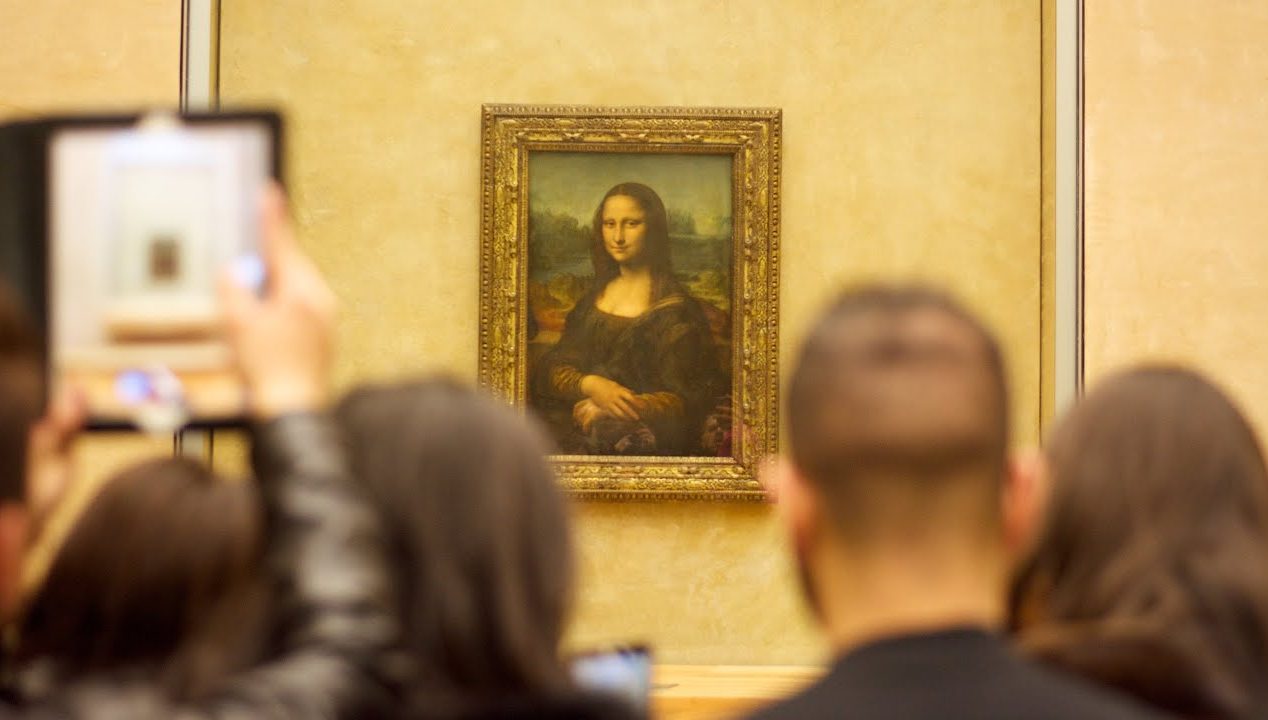From the collection of Holbein drawings of King Henry VIII’s courtiers to the Harlem Renaissance, the Institute's faculty have chosen their must-see art exhibitions for the year ahead. Take a look at their curated selection and find out why these shows are not to be missed.
Jonathan Wolfson - Director, Sotheby's Institute of Art-London
Holbein at the Tudor Court
The Queen's Gallery, Buckingham Palace, London
Through April 14 ,2024
and
Six Lives: The Stories of Henry VIII’s Queens
National Portrait Gallery, London
June 20 - September 8, 2024
Holbein at the Tudor Court at the Queen’s Gallery, Buckingham Palace, is a rare opportunity to study up close the extraordinary collection of Holbein drawings of King Henry VIII’s courtiers. Whilst the show includes some really grand paintings, it is the intimacy of the sketches, drawn from life, which gets us inside the culture of the early sixteenth-century elite like no other object or text. 2024 is turning out to be a good year for Holbein. The Louvre has recently unveiled its restoration of his stunning portrait of Anne of Cleves, who became Henry VIII’s fourth wife largely on the basis of this picture – now we can see her as Henry first did and better understand the magic that Holbein’s genius wrought on him. (The restored and unrestored picture can be seen here.)
Last but not least, in June, Six Lives: The Stories of Henry VIII’s Queens will juxtapose Holbein pictures with photographs by Hiroshi Sugimoto at the National Portrait Gallery in London.
Juliet Hacking, Program Director, MA Contemporary Art, London
Francis Alÿs: Ricochets
Barbican Art Gallery, London
June 27 - September 1, 2024
Francis Alÿs (b. 1959) is a Belgian-born, Mexico-based artist whose practice defies easy categorisation. Working in video, photography, painting, drawing, animation and performance, Alÿs has created works of epic proportions, such as his When Faith Moves Mountains (2002), a film in which five hundred volunteers attempt to shift the profile of a Peruvian sand dune, and exquisite paintings of diminutive scale, such as Outskirts of Mosul, 2016. Intended as a parody of Latin American politics, When Faith Moves Mountains directs us to see the contrast between the grandiose effort and its minimal result. Alÿs has made artistic interventions in a number of international sites including Mexico City, Jerusalem, Afghanistan, Panama, London, New York, and Paris. He is perhaps best-known for the paseos, his performances of urban walks with conceptual aims. The Barbican retrospective will also feature his documentation of children’s games from around the globe and a site-specific project in the gallery ‘for the surrounding community and beyond.’
David Bellingham, Program Director, MA Art Business, London
Entangled Pasts, 1768-Now: Art, Colonialism and Change
Royal Academy of Arts, London
February 3 - April 28, 2024
I recommend Entangled Pasts, 1768-Now: Art, Colonialism and Change, at the Royal Academy of Arts. The exhibition brings together over 100 major contemporary and historical works as part of a conversation about art and its role in shaping narratives of empire, enslavement, resistance, abolition and colonialism – and how it may help set a course for the future.
One striking piece that immediately caught my attention was a portrait carved in black stone. Sculptor Francis Harwood, best known for his classicizing works after the antique, applies an idealising artistic approach to create a classical ‘fantasy’ version of what the exhibition implicitly frames as an enslaved person. However, we must ask ‘are we looking at slaves or freed slaves? Are we looking at real people or ideals of the other? Are European artists like Harwood sympathetic to the abolition of slavery or are they creating trophies for the consumption of the white bourgeois/aristocratic ruling classes?’
Bernard Vere Global Program Director, MA Fine and Decorative Art and Design
The Harlem Renaissance and Transatlantic Art
Metropolitan Museum of Art, New York
Through July 28, 2024
The Met’s show of the Harlem Renaissance is long overdue. The last home-town exhibition on the loose group of African American artists better known for their literary output was in 1987. The premiss is that artists relocating to New York and Chicago, but with knowledge of artistic currents in Europe, were uniquely qualified to portray Black experience at the beginning of the twentieth century. Moreover, the communities and networks they formed with their literary compatriots challenged racism and amplified their own voices and viewpoints, in the process becoming ‘the first African American-led movement of international modern art’ (to quote from the catalog). There are quibbles – the Transatlantic angle comes through only intermittently and the final main room, dedicated to the Harlem Renaissance and the Political, feels rather redundant given that politics is shot through the rest of the exhibition – but this is a brilliant show that demands to be seen.
